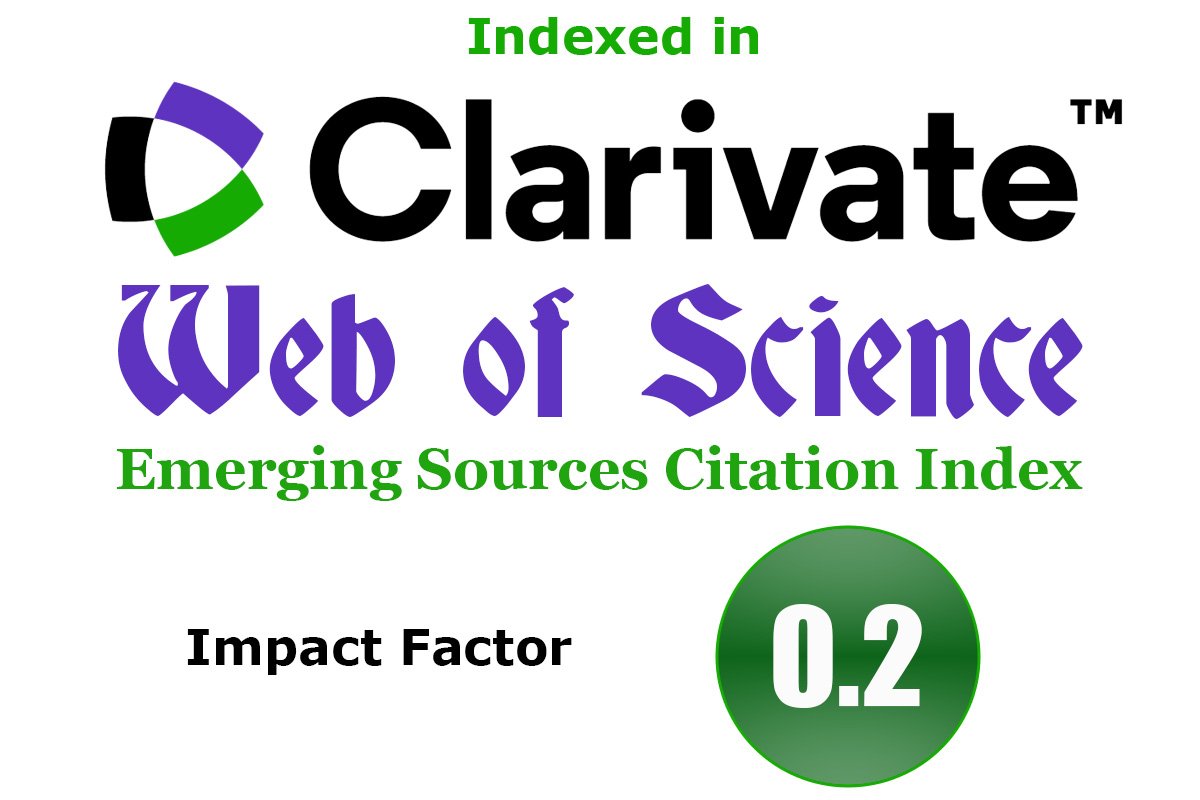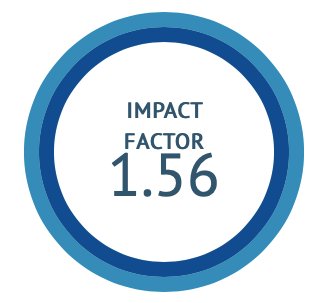Health-related Quality of life and its related factors in patients undergoing Coronary angioplasty, Zanjan, northwest Iran
DOI:
https://doi.org/10.47552/ijam.v13i1.2323Keywords:
Quality of life, Angioplasty, Heart disease, ZanjanAbstract
Background: The quality of life of patients after percutaneous coronary interventions (PCI) is definitely not clear. The aim of this study was to evaluate the health-related quality of life (HRQL) and related factors in patients undergoing angioplasty. Methods: This analytical cross-sectional study was performed on patients with coronary artery disease who underwent PCI and had a history of hospitalization in Zanjan, Iran in 2020. 920 patients based on specific inclusion and exclusion criteria were included by census method.The study tool was a 36-item Short Form Health Survey questionnaire)SF-36). Mann-Whitney U test and Kruskal-Wallis tests were used to data analysis in SPSS 19 with a significance level of 5%. Results: In total, 70%(644people) were female, 86% (791) angina, 34.2% (315) Myocardial infarction. median (IQR) of age, Physical Component Summary(PCS), and Mental component summary (MCS) were 60 (15), 65.78(9.48), 64.18 (7.68), respectively. Multivariate linear regression showed that PCI type (B=-2.52, p=0.013) and age (B= -0.21,p<0.001) had a negative effect and education level(B=3.15, p=0.002), income(B=1.34, p=0.002), angina(B=1.27, p=0.02) and number of drugs(B=0.609, p<0.001) had a positive effect on PCS. Also, PCI type (B=-3.024, p=0.001), age(B=-0.123, p<0.001), diabetes(B=-1.19, p=0.008), blood pressure(B=-0.728, p=0.05) and duration of disease(B=-0.309, p=0.022) had a negative effect and education, income(B=2.57, p=0.022), number of drugs(B=0.615, p<0.001) had a positive effect on MCS. Conclusion: Age, type of PCI, diabetes, blood pressure, level of education, income were the most important factors related to HRQL of cardiovascular patients undergoing coronary angioplasty. Therefore, to improve the HLQL, these factors must be considered.
Downloads
Published
How to Cite
Issue
Section
License
Copyright (c) 2022 International Journal of Ayurvedic Medicine

This work is licensed under a Creative Commons Attribution 4.0 International License.
The author hereby transfers, assigns, or conveys all copyright ownership to the International Journal of Ayurvedic Medicine (IJAM). By this transfer, the article becomes the property of the IJAM and may not be published elsewhere without written permission from the IJAM.
This transfer of copyright also implies transfer of rights for printed, electronic, microfilm, and facsimile publication. No royalty or other monetary compensation will be received for transferring the copyright of the article to the IJAM.
The IJAM, in turn, grants each author the right to republish the article in any book for which he or she is the author or editor, without paying royalties to the IJAM, subject to the express conditions that (a) the author notify IJAM in advance in writing of this republication and (b) a credit line attributes the original publication to IJAM.




